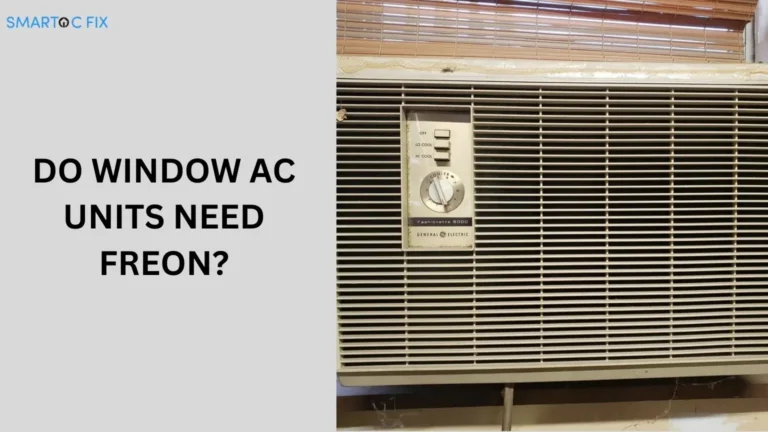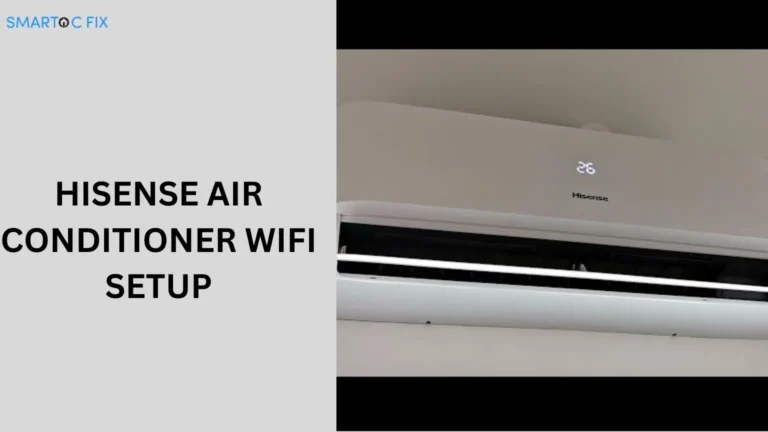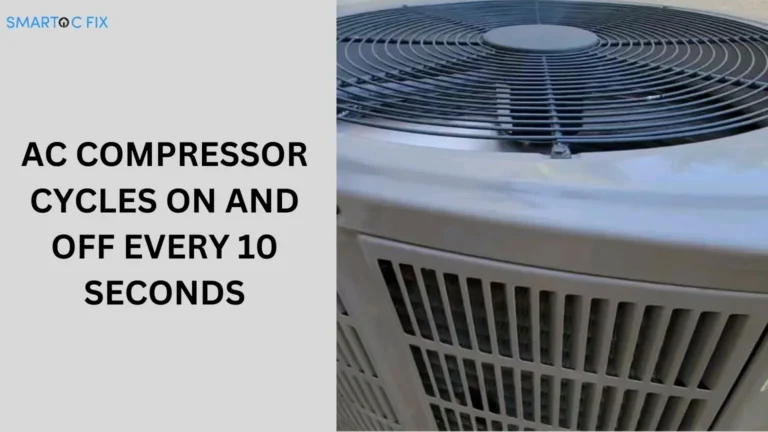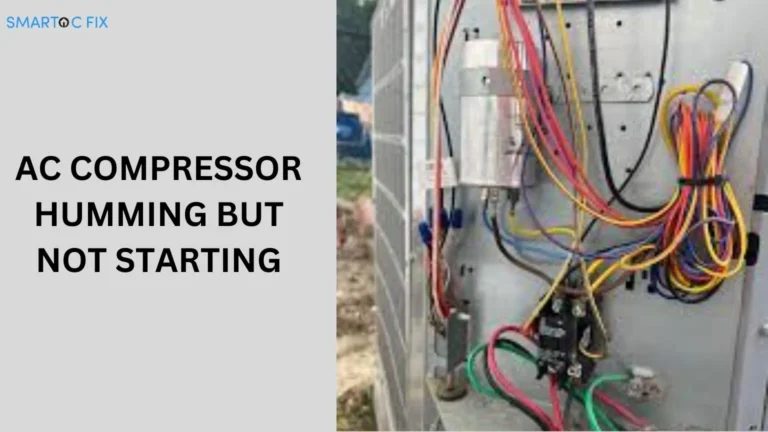Carrier Tonnage Model Number
When you’re in the market for a new HVAC system or just trying to understand the one you already have, understanding the Carrier tonnage model number is essential. This number isn’t just a random string of digits; it holds key information about your air conditioning unit, including its cooling capacity. In this guide, we’ll break down what the model number of Carrier tonnage means and how you can decode it to make informed decisions.
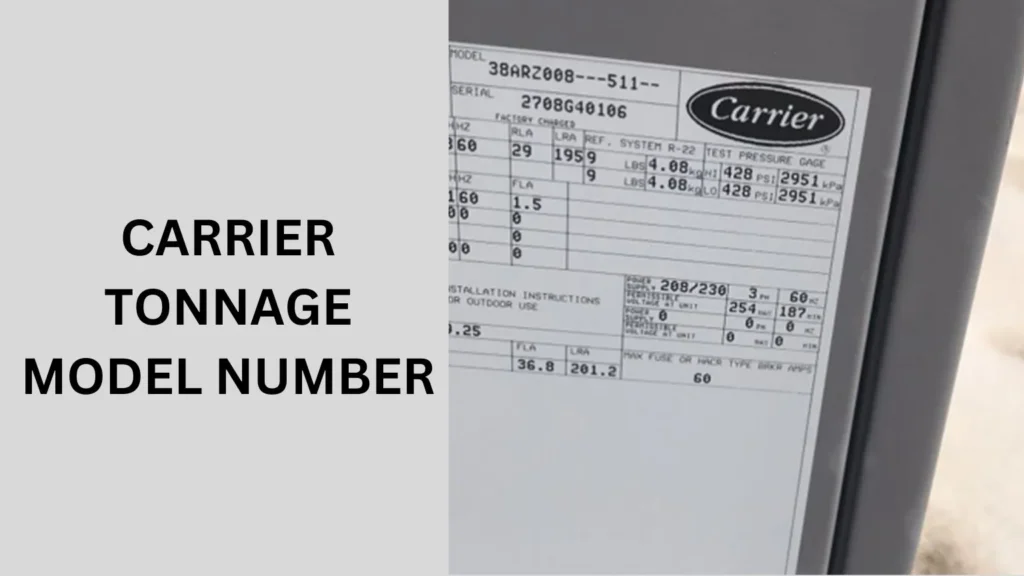
What Is a Carrier Tonnage Model Number?
The Carrier tonnage model number is a unique identifier used by Carrier, a leading HVAC manufacturer, to label their air conditioning units. This model number includes details about the system’s cooling capacity, which is often referred to as “tonnage.” Tonnage is a critical factor in determining whether an AC unit is appropriately sized for a particular space.
Why Is Tonnage Important?
Tonnage refers to the cooling capacity of an air conditioning unit, measured in BTUs (British Thermal Units) per hour. One ton of cooling is equal to 12,000 BTUs per hour. If your unit’s tonnage is too low, it won’t cool your space effectively; too high, it might cool too quickly, leading to inefficiency and higher energy costs.
How to Decode Carrier Tonnage Model Number
Understanding how to read the model number of Carrier tonnage can help you determine the cooling capacity of your unit. Here’s how you can decode it:
Step 1: Locate the Model Number
The first step is to locate the model number on your Carrier unit. This number is typically found on the data plate attached to the side of the unit or in the user manual. It’s usually a mix of letters and numbers, and it may seem overwhelming at first glance.
Step 2: Identify the Tonnage Indicator
In most Carrier model numbers, the tonnage is indicated by a two-digit number that represents the unit’s capacity in thousands of BTUs. For example, if you see “24” in the model number, it generally means the unit has a 2-ton capacity (24,000 BTUs).
Step 3: Cross-Reference with Carrier Documentation
While the two-digit indicator is a good starting point, you should always cross-reference it with Carrier’s official documentation or consult with a professional HVAC technician to ensure accuracy.
Examples of Carrier Tonnage Model Numbers
Let’s look at some examples to better understand how to interpret the model number of Carrier tonnage:
Example 1: 24ABC636A003
In this model number:
- “24” indicates the unit is a 2-ton system.
- “ABC” is a series identifier.
- “636A003” includes other information about the unit’s specifications.
Example 2: 48TM004
Here:
- “48” suggests the unit has a 4-ton capacity.
- “TM004” provides additional details specific to the model.
Why Correct Sizing Is Crucial
Choosing an HVAC system with the correct tonnage is crucial for maintaining comfort and efficiency in your home. An undersized unit will struggle to cool your space, leading to increased wear and tear. Conversely, an oversized unit will cycle on and off too quickly, failing to dehumidify the air properly and increasing your energy bills.
The Risks of Incorrect Sizing
- Increased Energy Costs: Incorrect sizing can cause the unit to run inefficiently, consuming more energy than necessary.
- Reduced Lifespan: Both undersized and oversized units are likely to experience more frequent breakdowns and a shorter operational life.
- Comfort Issues: An improperly sized unit can lead to hot or cold spots, making it difficult to maintain a consistent temperature throughout your home.
How to Choose the Right Tonnage
Selecting the right tonnage for your HVAC system depends on several factors, including the size of your home, the local climate, and your insulation quality. Here’s a brief guide to help you choose the right tonnage:
1. Calculate Your Home’s Square Footage
The size of your home is the most significant factor in determining the correct tonnage. As a general rule of thumb, you need about 1 ton of cooling for every 600-1,000 square feet of living space.
2. Consider Your Climate
In hotter climates, you may need a higher tonnage to keep your home cool. Conversely, in cooler areas, a lower tonnage might suffice.
3. Factor in Insulation and Windows
Homes with good insulation and energy-efficient windows will require less tonnage to maintain a comfortable temperature, while poorly insulated homes will need more.
People also ask
How do I know what tonnage my carrier is?
To determine the tonnage of your Carrier air conditioner, locate the model number on the unit’s data plate or in the user manual. The tonnage is usually indicated by a two-digit number within the model number. For example, if the model number includes “24,” it likely represents a 2-ton unit (24,000 BTUs). If you’re unsure, consult the Carrier documentation or ask an HVAC professional to confirm.
How to check AC tonnage from the model number?
To check AC tonnage from the model number, follow these steps:
Find the Model Number: Locate it on the data plate of your AC unit or in the user manual.
Look for Tonnage Indicators: In most model numbers, the tonnage is represented by the first two digits. For example, “24” in the model number typically indicates a 2-ton unit (24,000 BTUs).
How to look up carrier model number?
To look up a Carrier model number:
Locate the Data Plate: Check the side or front panel of your Carrier unit for a metal or plastic data plate.
Find the Model Number: The model number is usually listed prominently on this plate, along with other details like serial number and capacity.
How do I find my seer rating for carrier model number?
To find the SEER rating for your Carrier model number:
Locate the Model Number: Check the data plate on your Carrier unit or refer to the user manual.
Use Carrier’s Online Tools: Visit Carrier’s website and use their model number lookup tool.
Consult Documentation: The SEER rating may also be listed in the product specifications section of the user manual or installation guide.
Conclusion
In Conclusion, Understanding the model number of Carrier tonnage is crucial for selecting the right HVAC system and ensuring your home remains comfortable year-round. By decoding this number, you can make informed decisions that will save you money on energy costs and extend the lifespan of your unit. If you’re unsure about what tonnage you need, consider consulting with a professional HVAC technician who can provide personalized advice based on your home’s specific needs.
